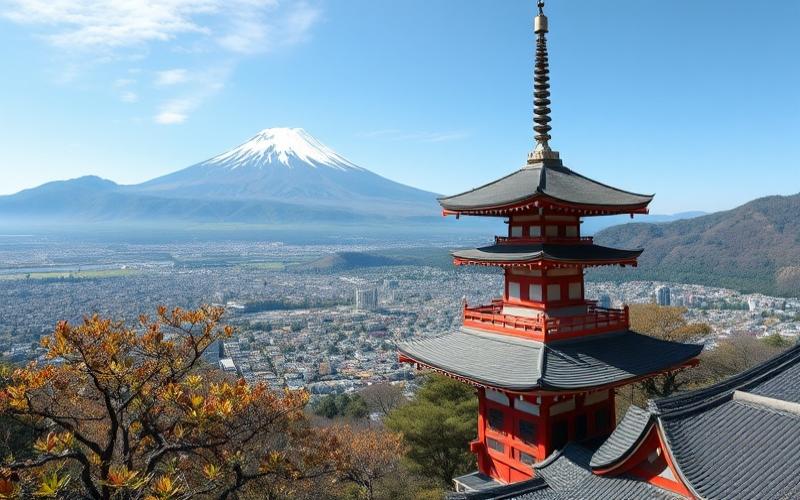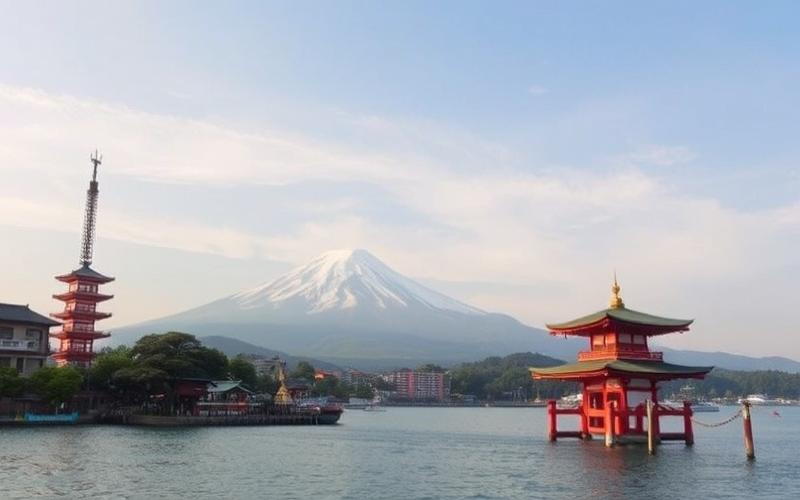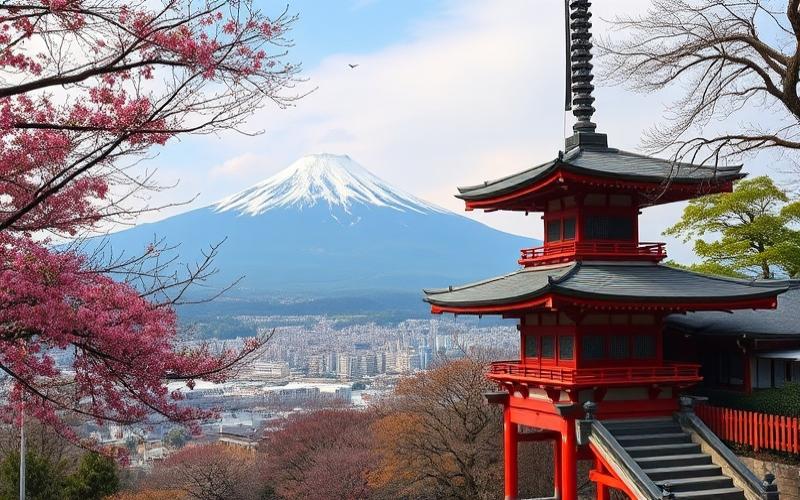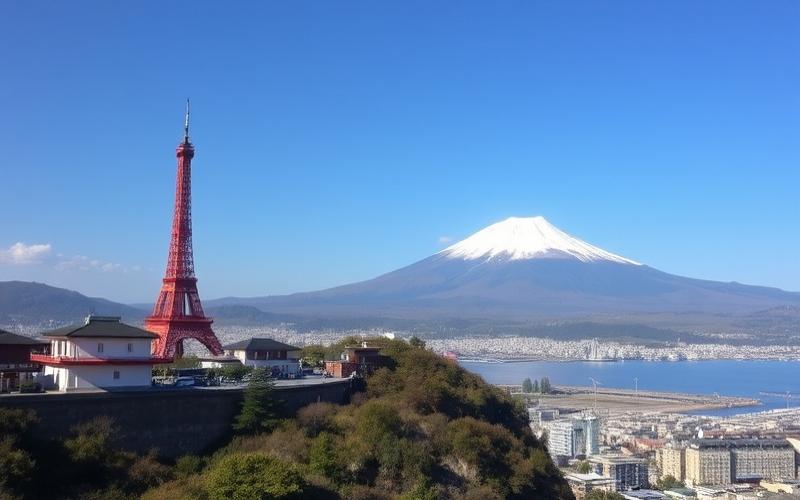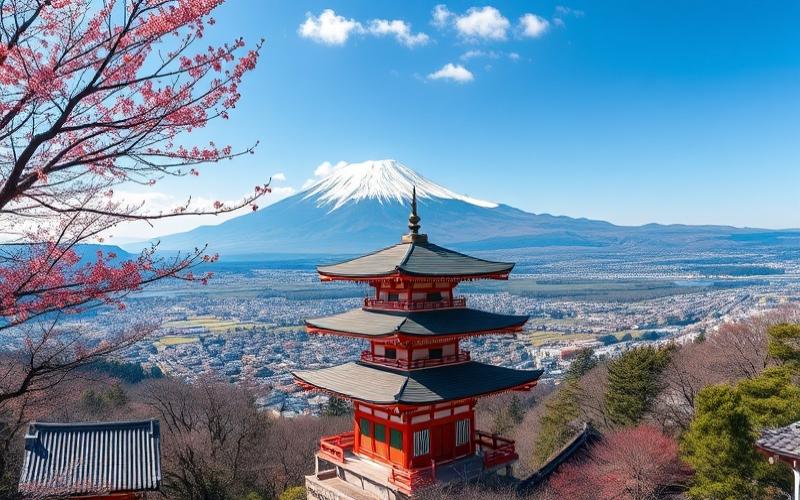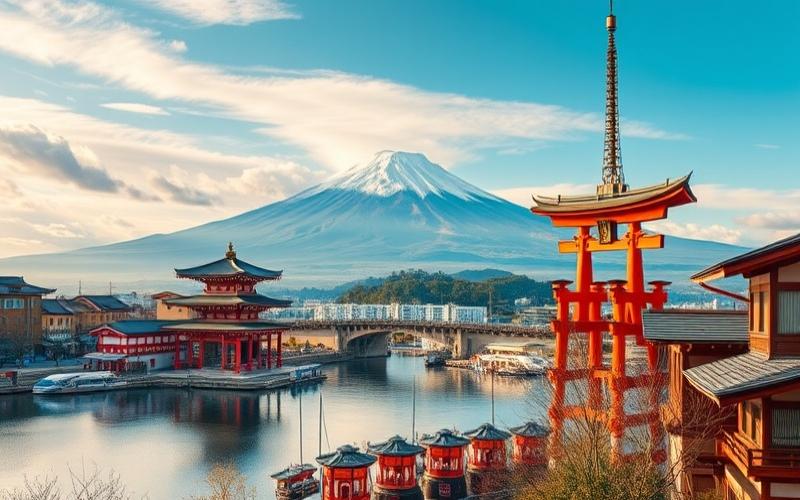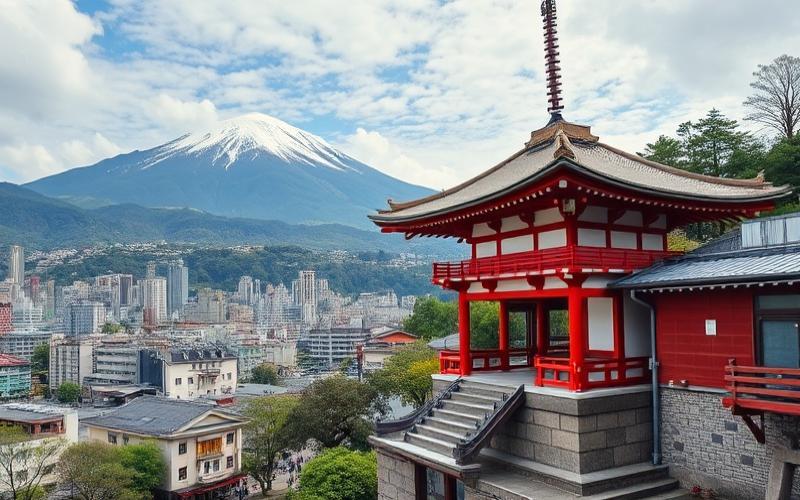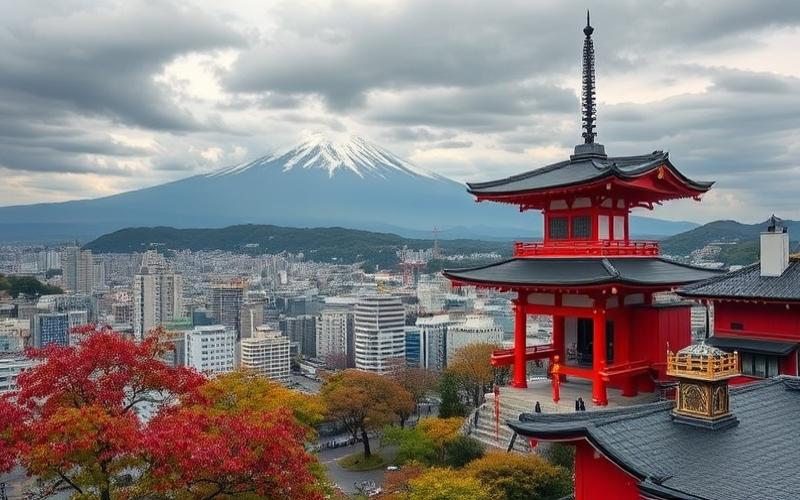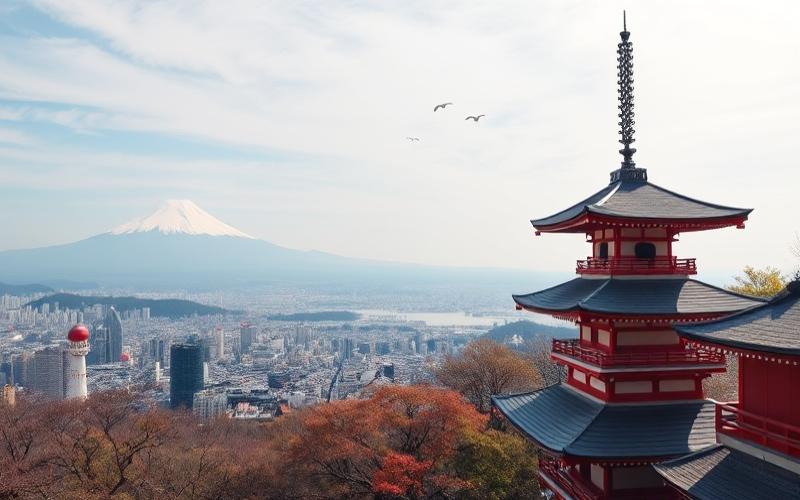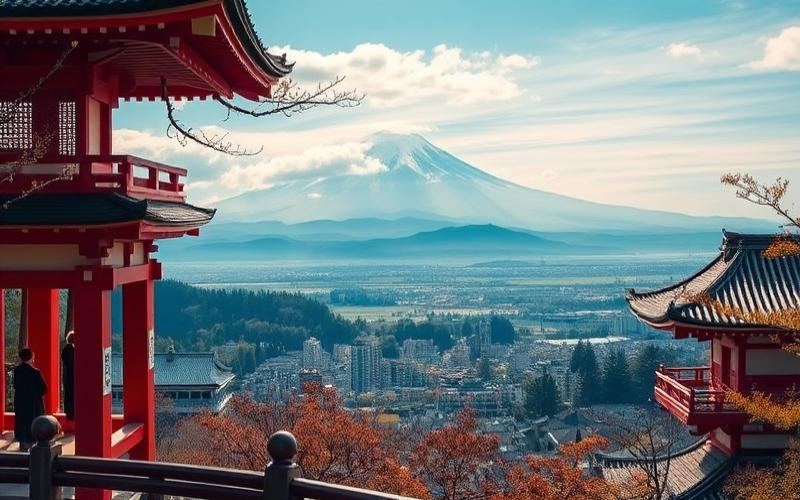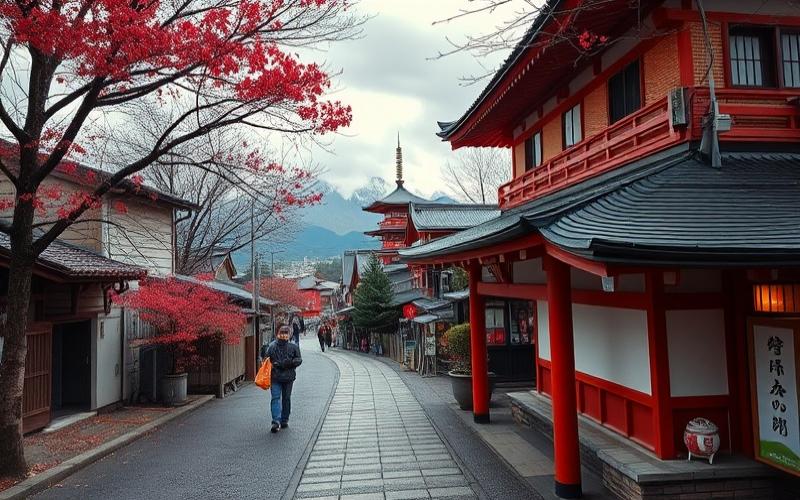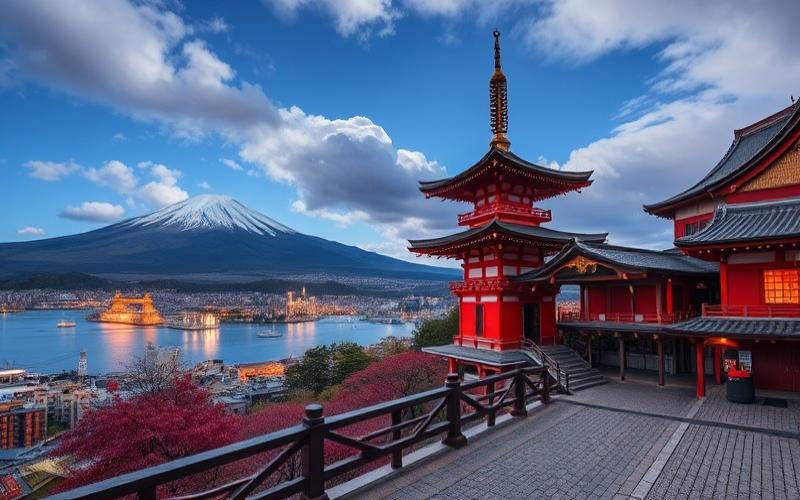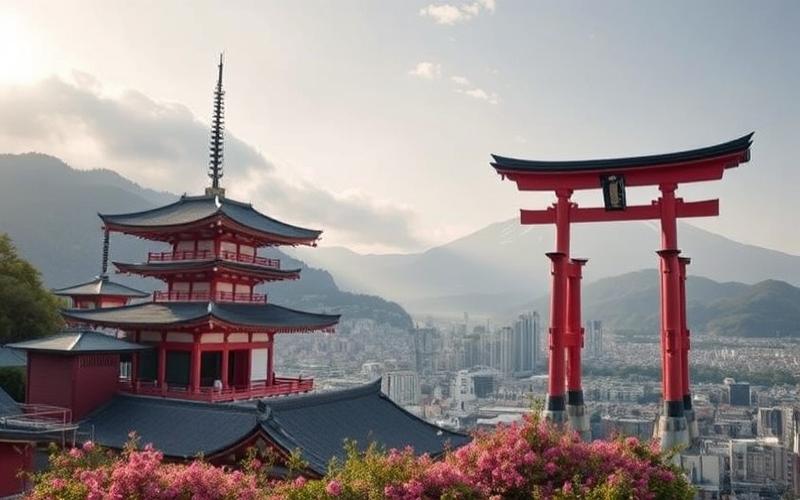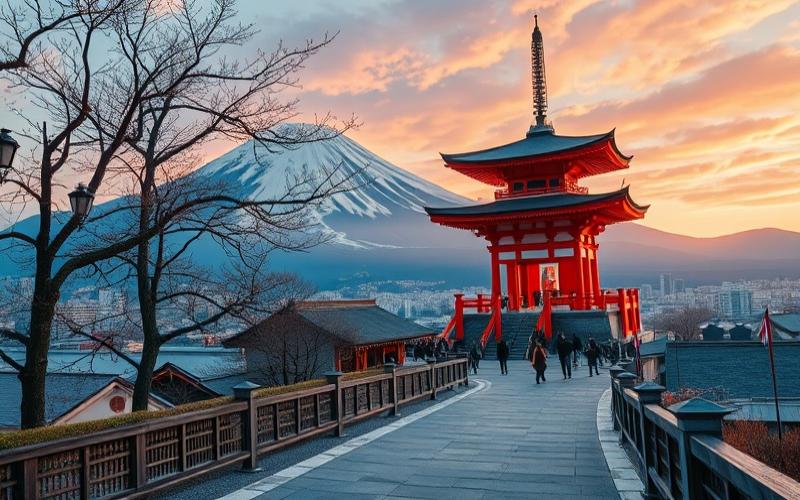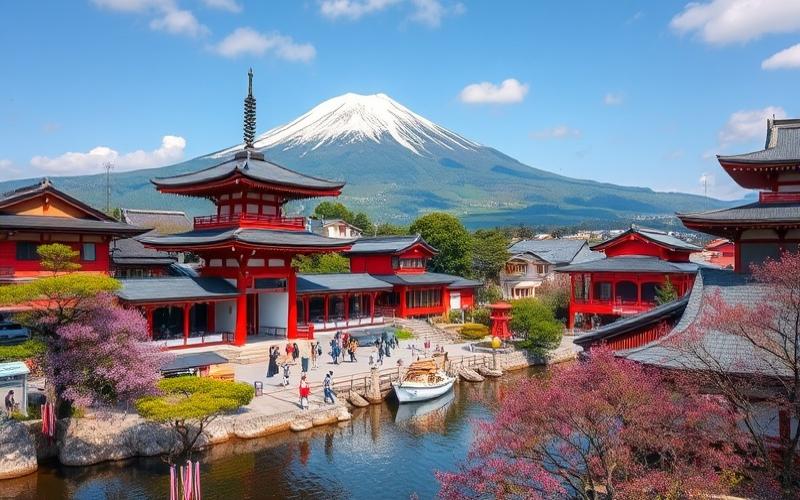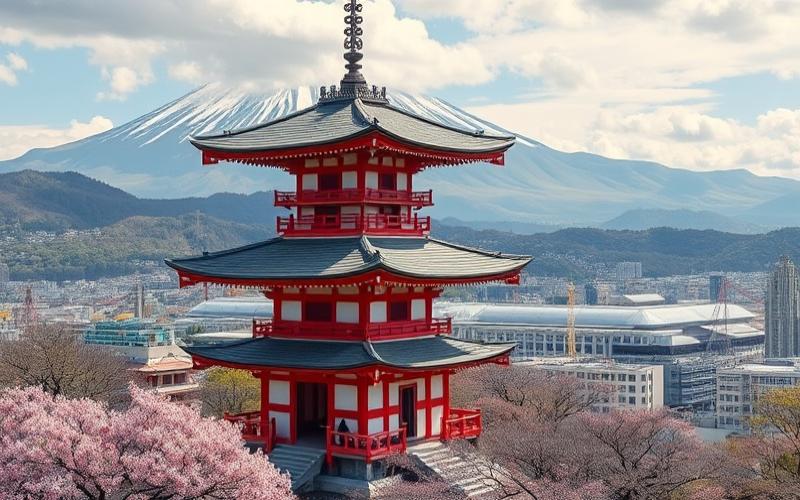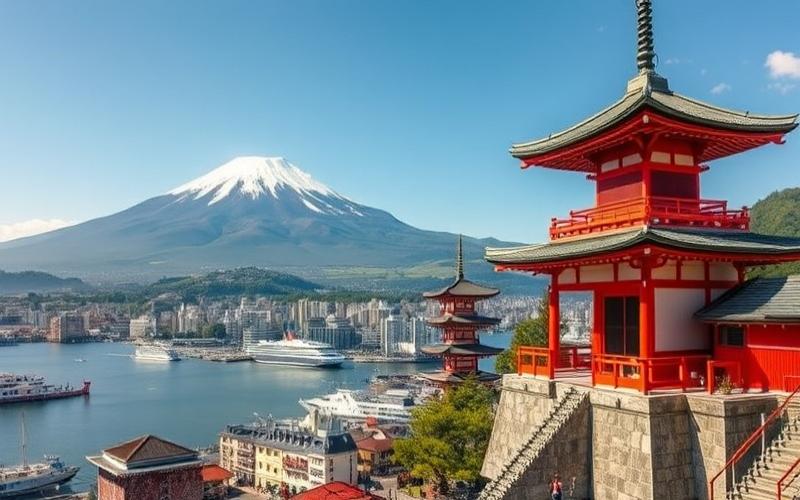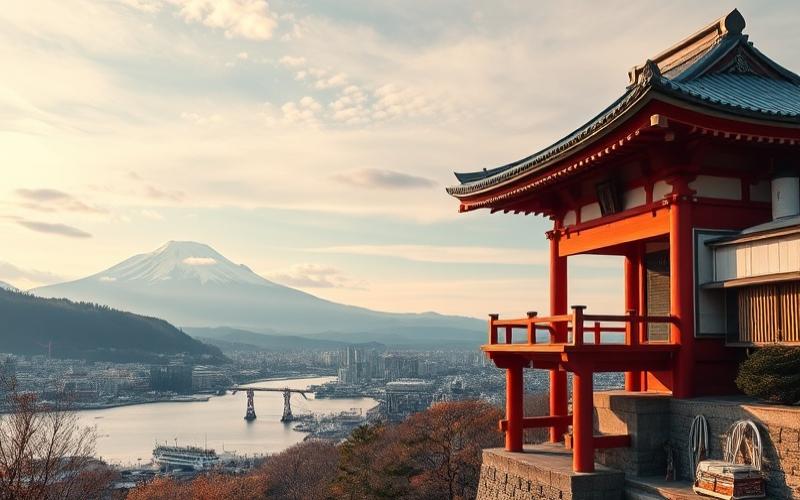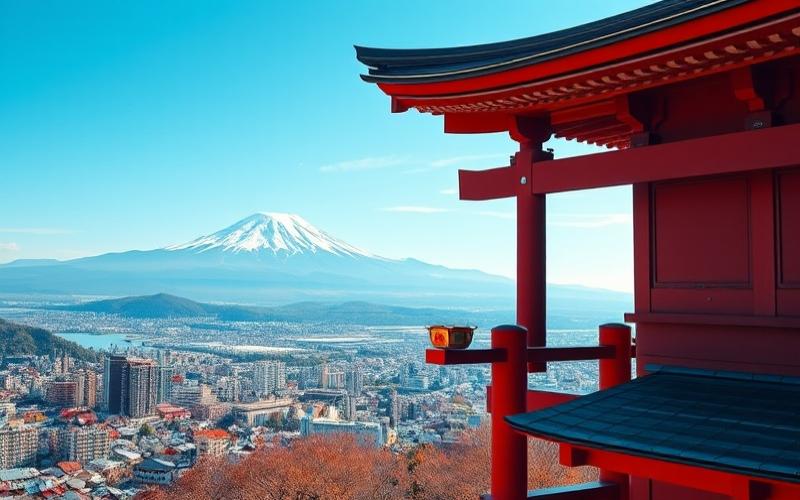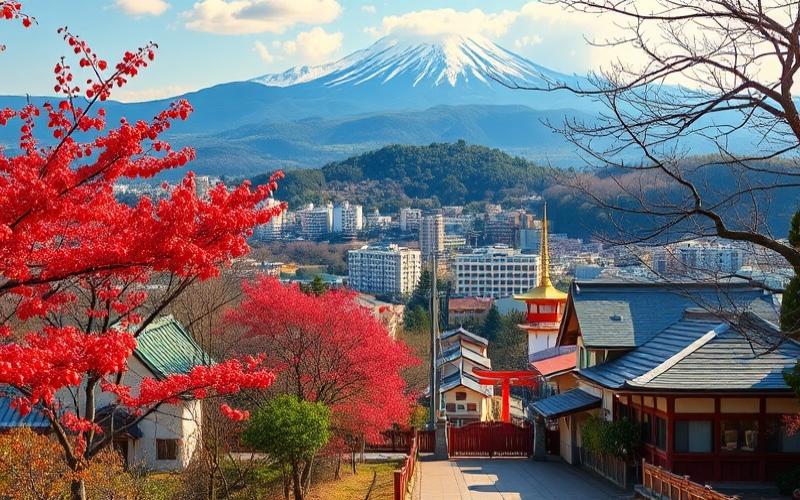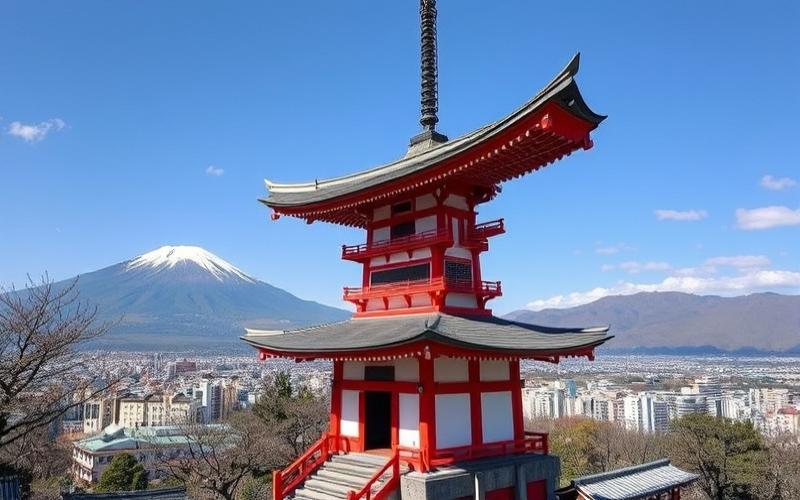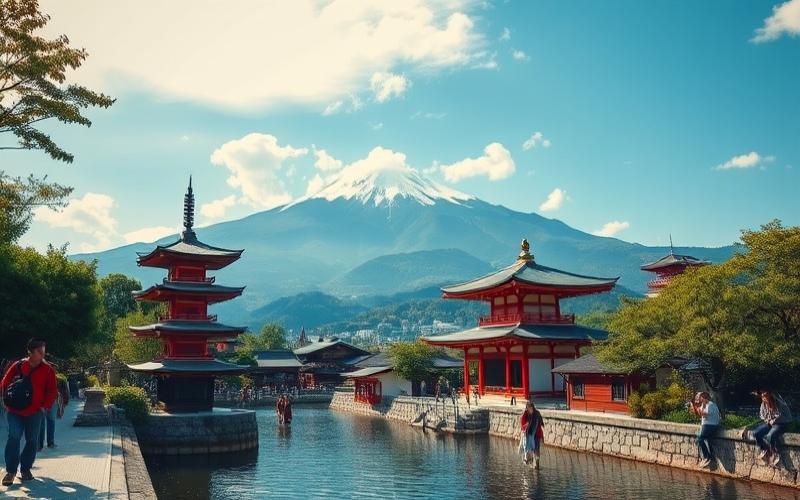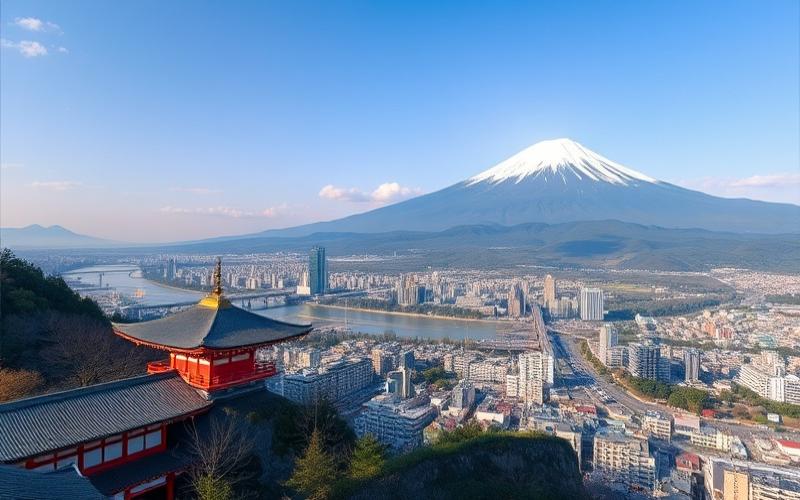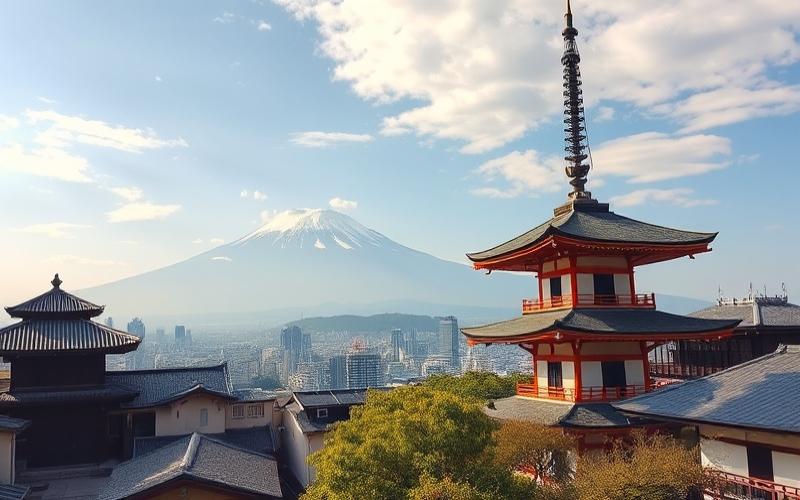
 Published on and written by Cyril Jarnias
Published on and written by Cyril Jarnias
Protecting a patent in Japan, one of the world’s most dynamic innovation environments, requires a thorough understanding of the country’s legal intricacies. This practical guide provides a comprehensive introduction to effective methods for securing your inventions in the Japanese market, detailing crucial steps and nuances to consider when filing a patent application. Covering topics ranging from specific legal requirements to enforcement strategies, this article is designed to be an essential resource for businesses and inventors seeking to establish themselves in an ultra-competitive global arena.
Patent Filing Procedures in Japan
1. Basic Patent Filing Steps
- Preliminary Preparation: Conduct a prior art search to verify that the invention is novel. The search can be performed in databases such as J-PlatPat.
- Document Preparation and Submission: Prepare necessary documents (application form, description, patent claims, abstract, drawings) in accordance with required formats and submit them to the Japan Patent Office (JPO).
- Formality Examination: Verification that submitted documents comply with formal standards.
- Public Examination: The content is made public one year and six months after the filing date.
- Request for Substantive Examination: It’s necessary to request examination within three years of filing. This is where novelty and inventive step, among other criteria, are evaluated.
2. Required Documents
- Patent Application:
- Basic information, including names and addresses of the inventor and applicant, are recorded here.
- Description:
- Document describing the invention’s content and technical details. It’s important to write concretely and in sufficient detail for an expert in the field to understand.
- Patent Claims:
- Concisely and precisely express the portion of the invention to be protected by the patent.
- Abstract:
- Brief description of the entire invention. Used for public publication.
- Drawings (Optional):
- To explain technical content or structure. However, they’re not always necessary.
3. Fees
Main fees include:
- Filing fee: approximately ¥14,000
- Examination request fee: ¥130,000 or more
*Fees may be reduced for electronic filings. Additionally, fee reduction measures are available for SMEs and individuals.
4. Deadlines and Important Points
Deadlines to meet, with negative consequences for non-compliance:
- 1 year 6 months after filing date: automatic publication
- Examination request deadline: within 3 years of filing date
If appropriate measures aren’t taken within these deadlines, rights protection won’t be possible.
Comparison with Other Countries
| Japan (JPO) | United States (USPTO) | Europe (EPO) |
|---|---|---|
| First-to-file priority | Same | Same |
| Substantive examination prerequisites | Examination request required | Automatic |
| Publication timing | After 18 months | Same |
| Language | Japanese | English |
In Japan, prior art searches are particularly valued, and special attention is required toward provisions such as exceptions to loss of novelty. Conversely, an accelerated examination system is available earlier than in some Western countries.
Common Mistakes and Tips
Common Errors
- Correction orders due to incomplete documents
- Rejection notices received due to insufficient description
Tips
- Recommended consultation with patent attorneys: quality improvement through expert assistance
- Promotion of electronic submissions: cost reduction and efficiency improvement
Good to Know:
To file a patent in Japan through the Japan Patent Office (JPO), start with a prior art search to ensure your invention’s originality, a crucial step before submitting your application. Required documents include the B1 form for application format, a detailed description of the invention, claims, explanatory drawings, and an abstract. Ensuring compliance with high clarity standards is essential, as the JPO places great importance on the accuracy of information provided. Filing fees vary depending on the nature of the application, so budget accordingly. Note the strict deadlines for each stage: application filing, publication after 18 months, and responding to examination reports. Compared to other systems, Japan places particular emphasis on precise claims and the absence of any ambiguity. To avoid delays, use an experienced translator if you’re not comfortable with Japanese and consider engaging a patent agent. Watch out for common errors like missing signatures or supplementary documents, which can delay the process.
Understanding Protection for Your Invention
The process of protecting inventions in Japan is conducted through the patent system. Below, I detail the process of obtaining a patent from the Japan Patent Office (JPO), different types of patents, their legal effects and rights, costs, as well as measures in case of infringement.
1. Patent Acquisition Process
- Application Preparation and Submission: To obtain a patent, prepare an “application form,” “description,” “patent claims,” “abstract,” and necessary drawings, then submit them to the Japan Patent Office. Applications can be made by mail or electronically.
- Formality Examination: Verification that submitted documents meet formal requirements.
- Request for Substantive Examination: An examination request must be made within three years of the filing date. This procedure verifies novelty, inventive step, etc.
- Registration and Publication: After passing examination, payment of required fees enables registration and rights grant. In principle, content is published 18 months after the filing date.
2. Different Types of Patents
- Standard Patents (Inventions): Applied to creations resulting from advanced technical thinking, requiring novelty, inventive step, and industrial applicability.
- Design Registration (Design Patent): System for protecting product designs, such as shape, pattern, and aesthetics.
- Utility Model Registration: Applicable to minor improvements or product ideas, mainly targeting “simple technologies.” Different options exist depending on usage and technological level.
3. Methods to Ensure Invention Novelty
To avoid competition with others and maintain novelty, it’s recommended to:
- Use prior art search tools (e.g., J-PlatPat)
- Prevent information leaks before publication
If overlapping with existing technologies, a new application may be refused.
4. Legal Effects and Rights
Valid only in Japan, but includes strong protection functions, such as:
- Injunction against use by others
- Financial remedies such as damages/profit compensation
Cost Overview
| Items | Example Cost |
|---|---|
| Filing fee | ¥14,000 |
| Examination fee | ¥138,000 + (¥4,000 per claim) |
| First year registration fee | Approx. ¥4,300 + amount for each additional claim |
A fee reduction system is also available
Good to Know:
To effectively protect your invention in Japan, start by filing a patent application with the Japan Patent Office (JPO), which includes examination of novelty and inventiveness. There are two main types of patents: utility patents, which protect technical innovations, and design patents, suited for improvements in object forms or structures. Ensure your invention meets novelty and inventiveness criteria to maximize approval chances. Once granted, the patent confers exclusive rights for 20 years, provided maintenance fees are paid. Be mindful of initial filing costs and budget for legal services in case of disputes, as recourse to judicial or extrajudicial measures will be necessary to defend your rights in case of infringement.
Intellectual Property: Japanese Specificities
The Japanese patent system has unique characteristics that are important points regarding patent protection and impact on foreign companies. Here’s an explanation of differences between Japan and other countries, along with practical recommendations.
1. First-to-File System and Filing Procedure
- Japan has adopted a first-to-file system, where the first to file for the same or similar invention can obtain patent rights.
- When filing, the invention content must be described in detail, and this content is made public after one year and six months.
- Other countries (like the United States) previously used a first-to-invent system, but currently, the US also applies the first-to-file system like Japan. However, differences exist in implementation methods.
2. Patent Examination Process
- In Japan, an examination request must be made within three years of filing. During the examination period, criteria such as novelty, inventive step, and industrial applicability are verified.
- The examination process averages about 10 months, but it often takes several years to obtain a result. In other countries too, patent examination durations tend to lengthen, but in Japan, efforts are made to improve this process’s efficiency.
3. Patent Rights Validity Period
- In Japan, obtained patent rights are valid for 20 years from the filing date. For pharmaceutical products, for example, exceptions allow extensions up to 5 years.
- In this regard, there’s no major difference with Western countries. However, even during the validity period, payment of maintenance fees (annual fees) is necessary. This system is also common to most major jurisdictions.
4. Translation Issues
When submitting applications to Japan by foreign companies, it’s essential to provide accurate translation documents. However, errors or incomplete translations can lead to rejection reasons. Therefore, it’s important to strengthen the use of high-quality specialized translation services and collaboration with local patent agents.
5. Challenges for Foreign Companies and Territoriality Principle
For foreign companies, it’s essential to understand protection criteria and infringement judgment according to national legal standards for products targeting the Japanese market. Additionally, under Japanese law, the territoriality principle imposes limits on the possibility of direct lawsuits against foreign companies.
Practical Recommendations:
- Quick Response: Quickly engage the filing process and establish a priority management system based on the first-to-file system.
- Translation Accuracy: Strengthen the document creation and verification process with local translators or agents having specialized expertise.
- Expert Utilization: Build collaboration with intellectual property experts such as patent attorneys to address Japan’s specific rules.
- Long-term Strategy: Develop a maintenance fee payment plan and adjust new product development cycles.
Understanding these points and implementing measures can improve success in entering the Japanese market.
Good to Know:
The Japanese intellectual property system has its specificities that can impact patent protection. Unlike other jurisdictions like the United States, Japan applies the first-to-file principle, making rapid application filing essential to secure your invention. Examination procedures in Japan are meticulous and can be slower, requiring special attention during document preparation to avoid repeated amendments. Patent translation into Japanese represents a notable challenge for foreign companies, as accuracy is crucial to avoid potential disputes. To maximize protection in Japan, it’s advisable to collaborate with local intellectual property experts and plan a well-defined filing strategy that anticipates specific translation and terminology requirements. Also ensure you understand patent validity duration in Japan, generally 20 years from the filing date, to effectively plan invention exploitation.
Disclaimer: The information provided on this website is for informational purposes only and does not constitute financial, legal, or professional advice. We encourage you to consult qualified experts before making any investment, real estate, or expatriation decisions. Although we strive to maintain up-to-date and accurate information, we do not guarantee the completeness, accuracy, or timeliness of the proposed content. As investment and expatriation involve risks, we disclaim any liability for potential losses or damages arising from the use of this site. Your use of this site confirms your acceptance of these terms and your understanding of the associated risks.

